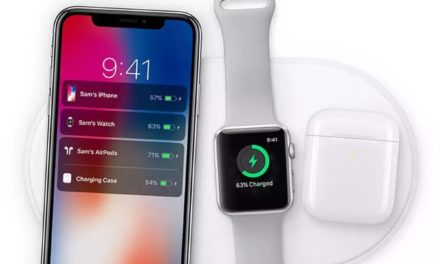Apple’s next big thing may be a video platform that combines cameras in the next versions of the iPhone and iPad with the giant data center the company’s building in North Carolina, Ezra Gottheil, senior analyst with Technology Business Research, told clients today — and as reported by “Computerworld” (http://www.computerworld.com/s/article/9175894/Apple_s_next_big_thing_Video_analyst_says).
During a quarterly earnings conference call with analysts Tuesday, Apple Chief Financial Officer Peter Oppenheimer cited “future product transitions” as a contributing factor to the anticipated decline from a 42% margin for the year’s first quarter to a 36% margin for the quarter ending June 30. Gottheil thinks that Apple is ready to make a major move into video, and based his bet on a series of clues in the company’s upcoming hardware, as well as the US$1 billion data center in North Carolina that’s now hiring personnel.
Last year it was announced that Apple would build a data center in Catawba County on the outskirts of Maiden. Maiden and Catawba County agreed to US$7.3 million in incentives for Apple in order for them to build the center there. The company is building 500,000-square-foot facility along U.S. Highway 321. However, no one knows exactly what the data center will be used for, though Gottheil has his theory. Apple currently has 15 positions listed on its jobs site for the data center.
“That’s a humongous data center,” Gottheil says. While others have speculated that the center will power an iTunes music streaming service or store customers’ iTunes libraries for everywhere access, Gottheil thinks different (so to speak). “Apple needs to get into the online services business, but it can’t be plain vanilla,” he said. “That’s not what Apple likes to do.”
Instead, the analyst thinks Apple will craft a video platform that other developers can use to build video-enabled iPhone and iPad applications, then use the data center as the switchboard that, for a fee, routes the ensuing data traffic. “They’ll build the platform, make an application or two — maybe a game where people see each other as they play — and then provide some kind of switchboard service,” he says. “That’s exactly the kind of thing that they like to do.”




